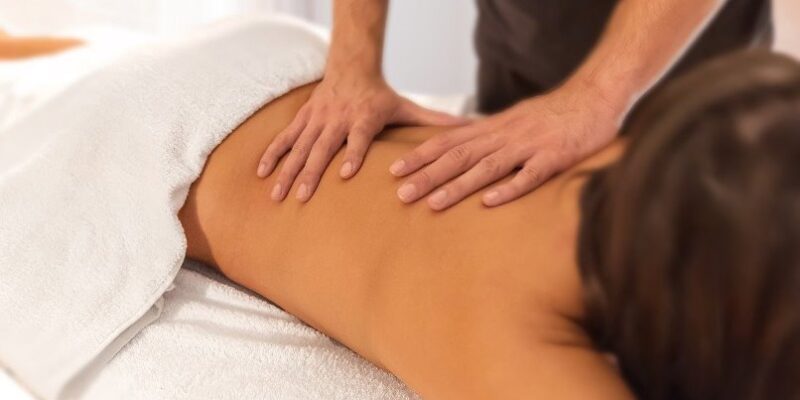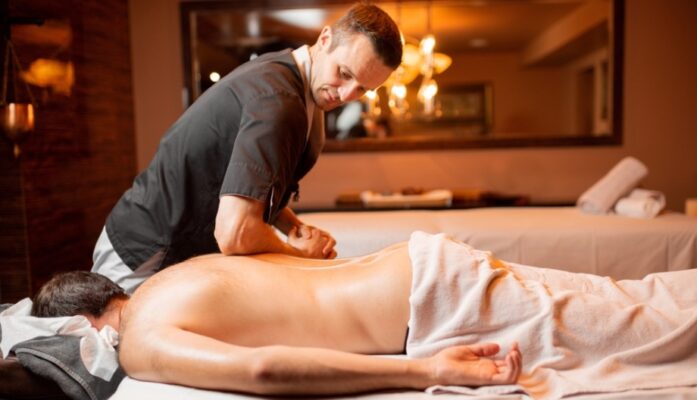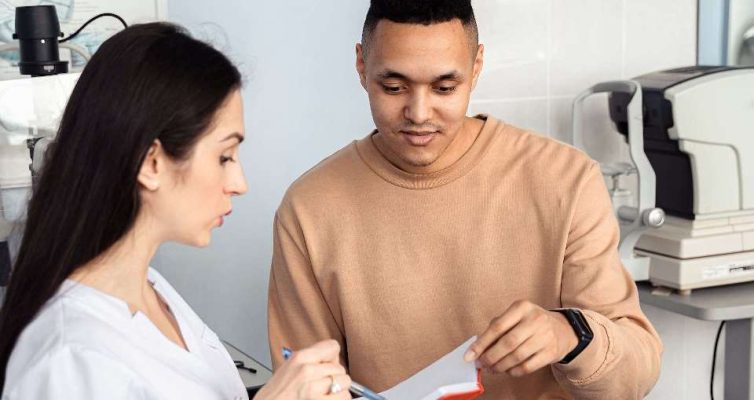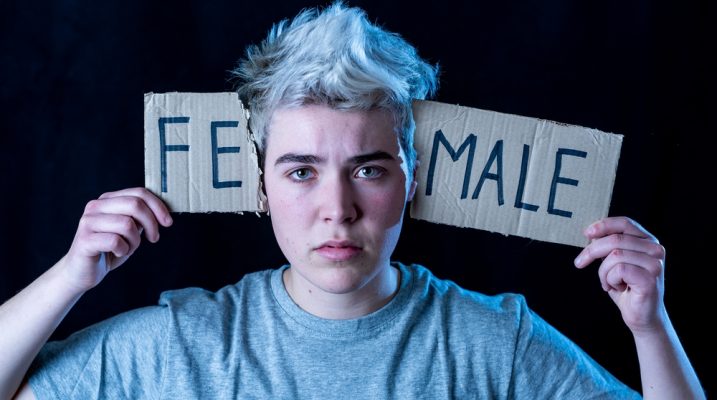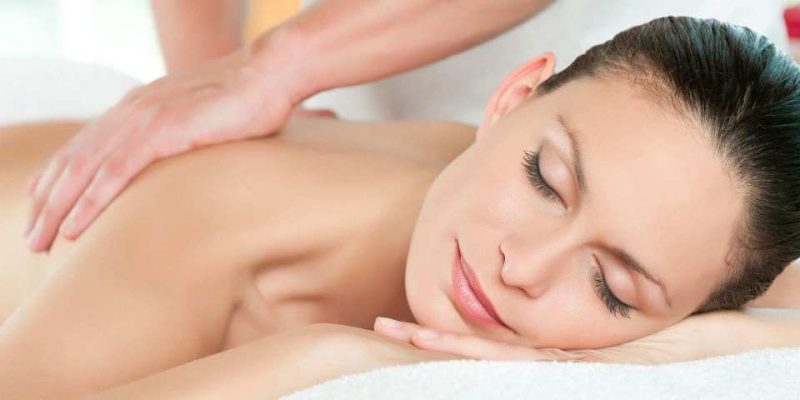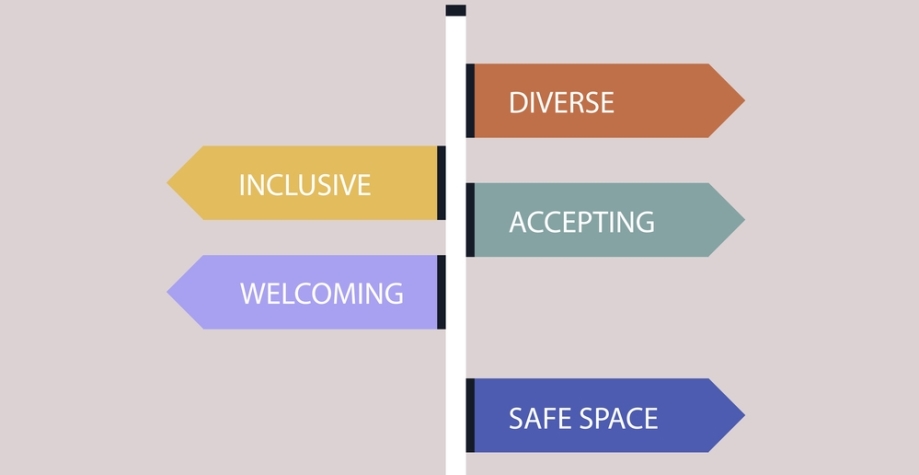
Individuals who identify with the LGBTQIA+ community (or alternatively LGBTQ+ or LGBT+) want and need massage therapy just like anyone else. Nevertheless, it can be quite an ordeal for transgender and gender diverse clients or for clients with a non-traditional sexual orientation to find the right bodywork or massage therapist or practitioner, that is, one that works LGBTQIA+ inclusive or LGBTQIA+ friendly as it’s often called.
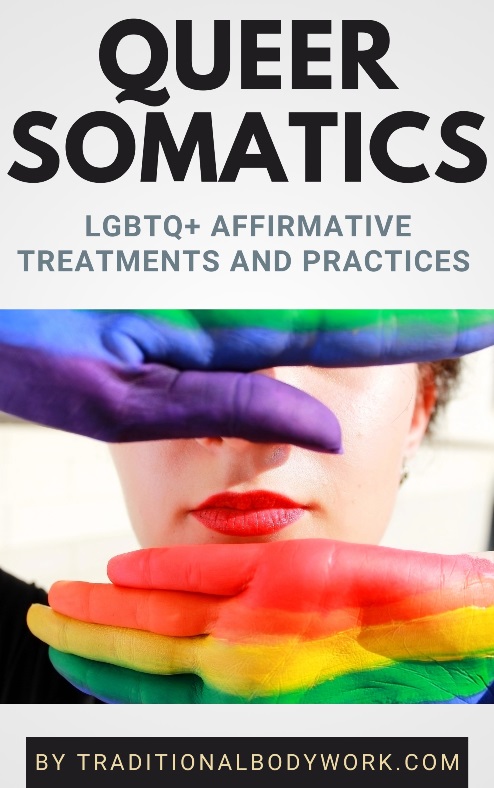
In fact, lesbian, gay, bisexual, transgender, non-binary, queer or questioning people, and so on, regularly face discrimination, prejudice, harassment, rejection, and marginalization in their daily lives, which is certainly not only happening in the realm of massage and bodywork therapies. Discrimination and prejudice can take many forms, sometimes willingly and consciously done by people, but sometimes also rather unconsciously (for instance, by making a “harmless” homophobic or transphobic comment).
The stress of constantly facing discrimination and prejudice can take quite a toll on a person’s physical and mental health, and therefore it’s of utmost importance that in spa, massage, and bodywork establishments LGBTQIA+ individuals can feel welcome, which also includes visual and physical aspects like providing additional gender neutral bathrooms or gender neutral garments.
At any rate, a massage or bodywork session is exactly the moment and situation that is sought to be able to relax, calm down, have a nurturing experience or heal, and find some fair, pleasant, and supportive human interaction. Hence, aspects of providing massage or bodywork clients an environment in which they can feel safe, be genuinely welcomed, appreciated and respected need always to be taken into account.
But it’s more than only feeling welcome and being respected. Bodywork and massage therapist also need to deal with LGBTQIA+ individuals who may suffer from trauma related to their sexual orientation, body, gender, or gender identity, and as such it would be preferable that apart from having a LGBTQIA+ friendly practice, therapists and practitioners also run a Trauma-Informed practice. In fact, there’s perhaps nothing worse than adding trauma for a client, simply because the therapist didn’t know how to deal with intense emotional grief or (revisited) trauma.

I feel that every massage therapists or bodyworker should explicitly state that they stand for equality and diversity in the realm of gender issues and sexuality (if they do so), because it makes it so much easier for members of the LGBTQIA+ community to choose the right therapist and feel at ease. Certainly it would likewise be for the best if this also goes the other way around: asking a therapist beforehand (if they haven’t mentioned it specifically on their website or social media, for instance) if they work LGBTQIA+ inclusive and/or have experience and proficiency in this particular domain.
Mind that LGBTQIA+ clients may suffer from tensed, tight, and painful muscles or body parts just like anyone else, but they may also have special issues such as pain from chest binding, post-operative swelling, skin grafts from gender affirming surgeries, or sensitivity of the genitals, among other specific things. A proper, well-informed, and respectful LGBTQIA+ oriented intake assessment, reaching mutual consent, and keeping confidentiality are therefore of very high importance for both therapist and client to come to the right approach, take the necessary precautions and contraindications into account, and having a pleasant and emotionally safe session.
To give some examples of targeted LGBTQIA+ issues: what kind of draping should be used (what body parts should be covered), with what pronouns to address a client, what is the gender identity of the client, can the therapist work with all kinds of bodies, is it possible to touch or massage the genitals during the session (for instance, in the case of a Sensual Erotic Massage, De-Armoring treatment, Genital Massage, or Tantra Massage), and so on.

In any case, personally — when I was still actively working as a massage therapist — I had quite a mix of different types of clients; young, old, healthy, ill, traumatized, happy, cisgender, transgender, heterosexual, bisexual, lesbians, and gay men, and so on. Yet, at the time I wasn’t aware of denominations such as non-binary, questioning, queer, or intersex people, and so on, and in fact, I didn’t know much about the LGBTQIA+ world at all.
Probably it wasn’t such an issue to me or for my clients, because I gave fully clothed non-erotic Thai Massage sessions, I didn’t work with the genitals, and I gave massages at my home or at the client’s home, the latter avoiding things such as only having male and female bathrooms, or providing for gender neutral signs, etc.
Today, I realize that LGBTQIA+ inclusiveness is quite a topic, and I notice that there’s still a whole lot to learn for massage and bodywork therapists to make so many different types of clients feel comfortable and safe, may they be part of the LGBTQIA+ community, or of a certain religion, race, ethnic group, and so on. In addition, I haven’t even addressed the situation in which massage therapist themselves are members of the LGBTQIA+ community, which certainly has its own set of problems, but I will leave that to discuss in another article.





